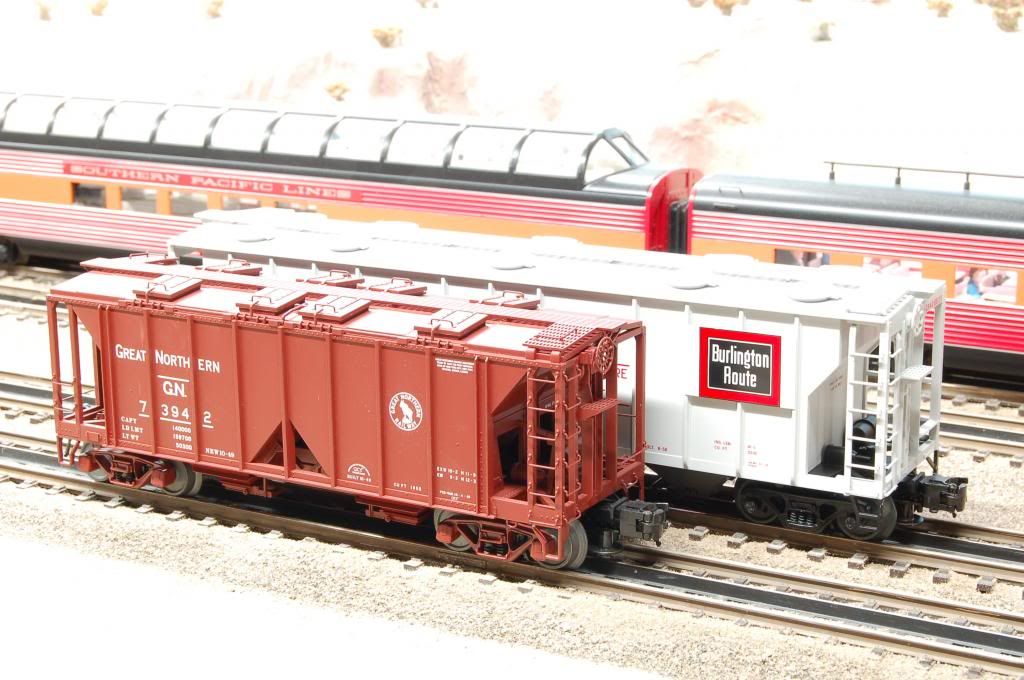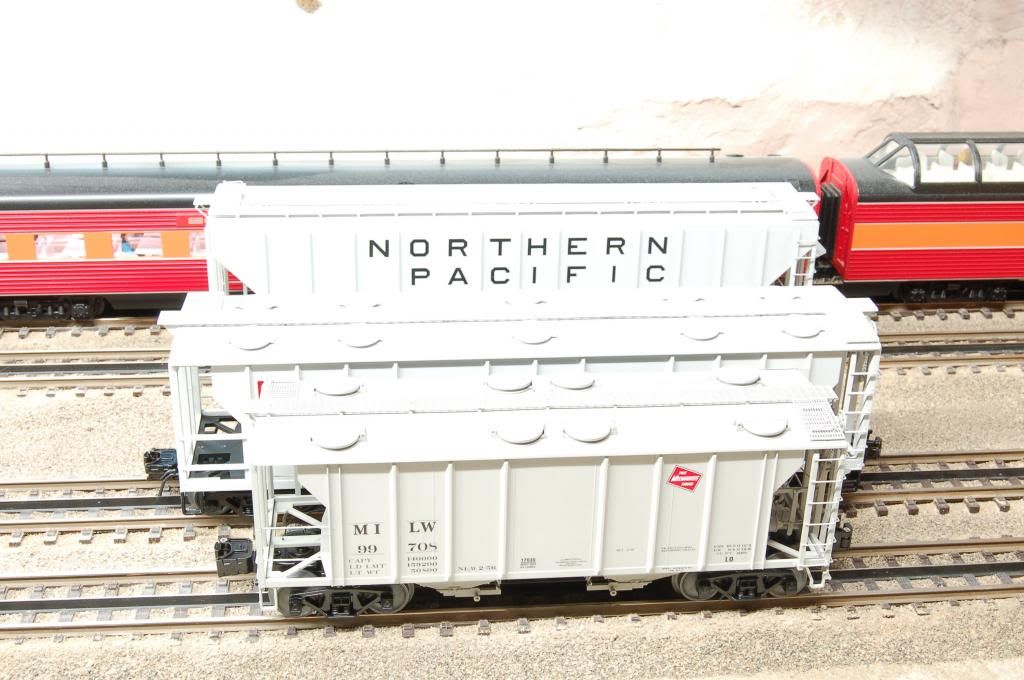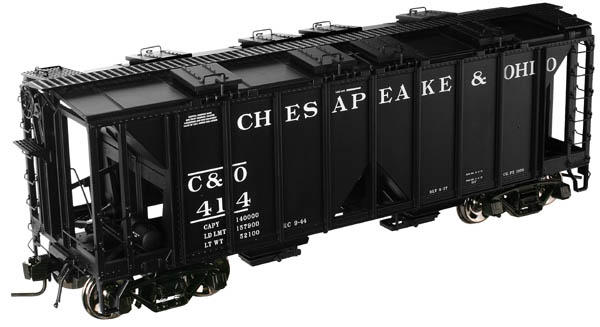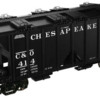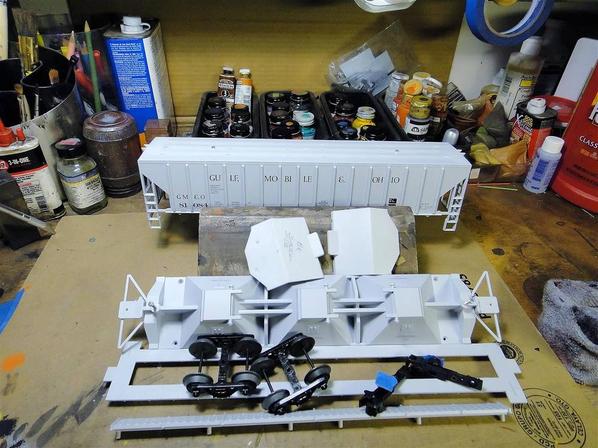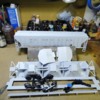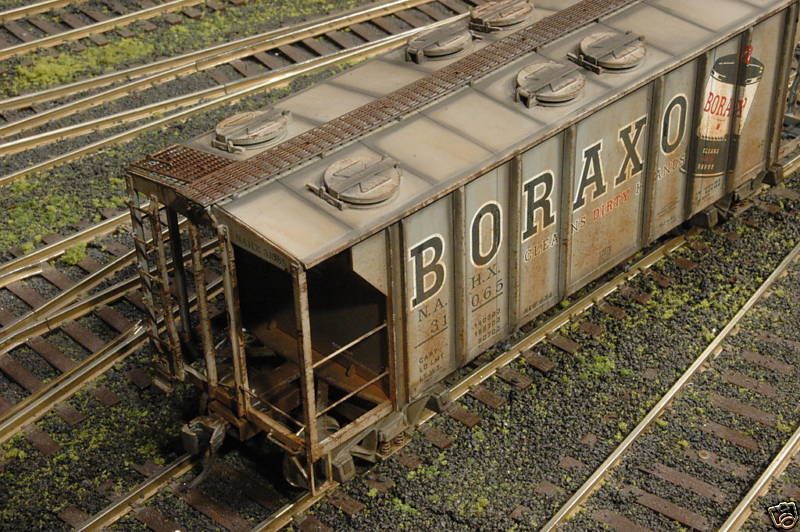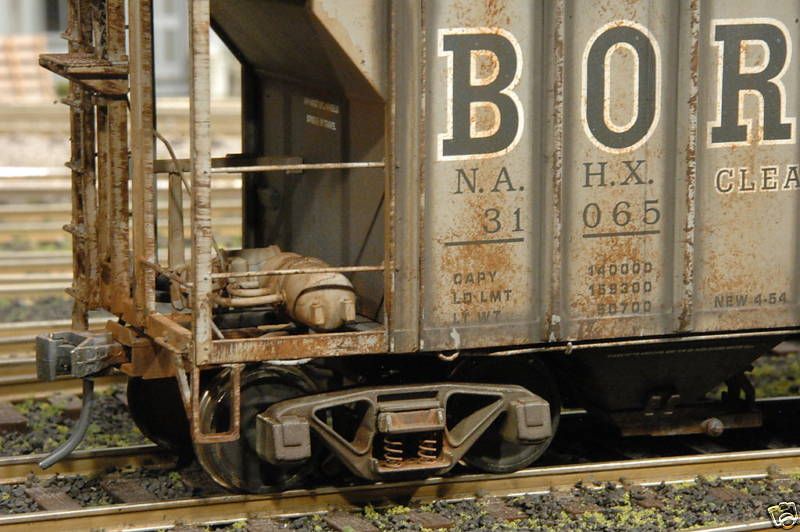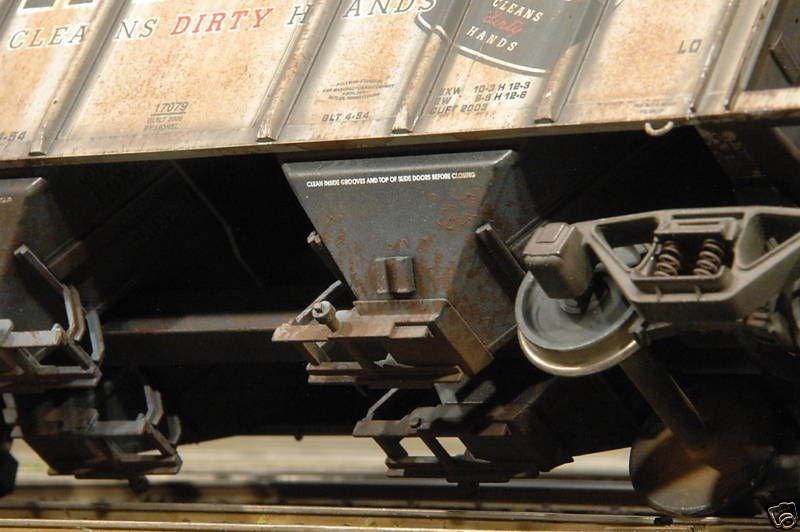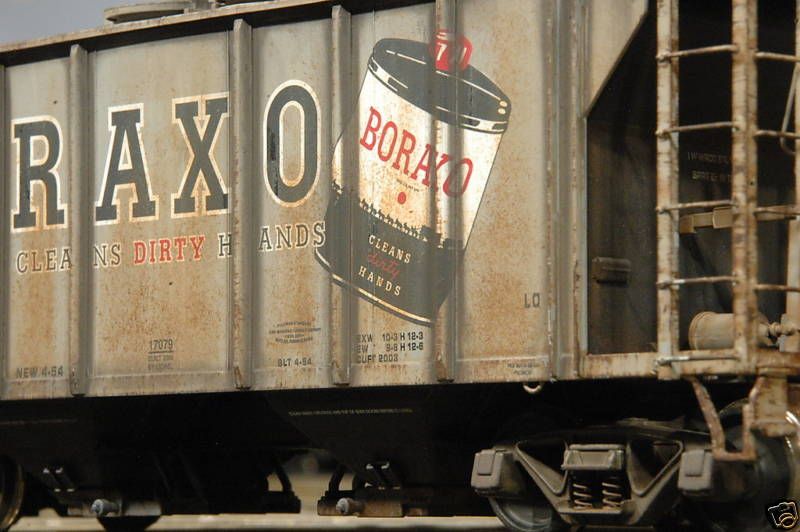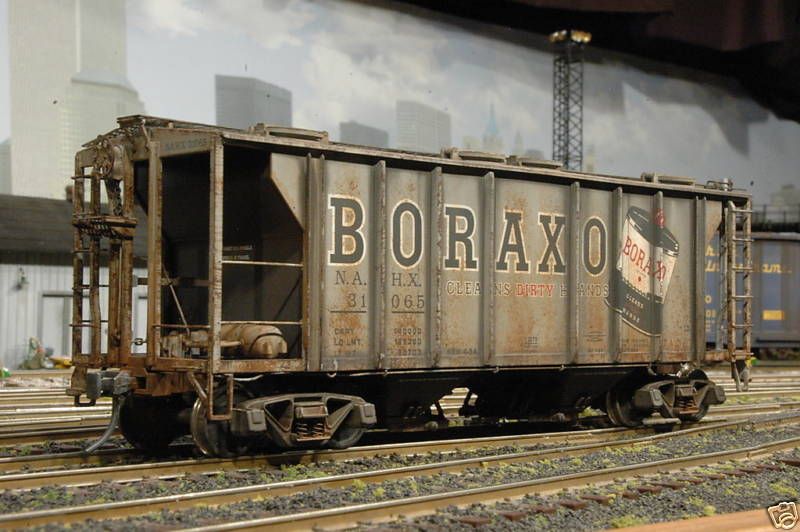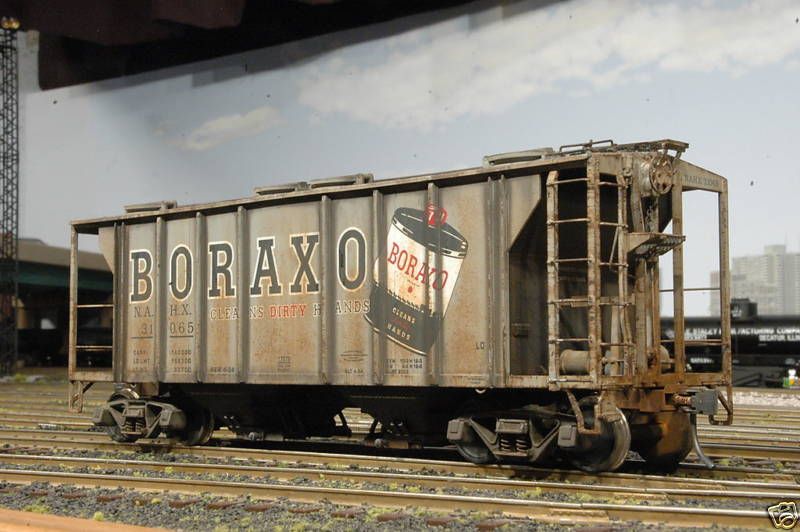In recent weeks I have read several posts on the general forum inquiring if certain freight cars were O scale. Some readers who are new to O gauge or veterans who are newly interested in scale modeling are not sure of what models are 1:48 scale or why models market as scale or part of a manufacturers scale product line are quite different in size. With over 200 differently tooled O scale plastic freight cars it can get confusing trying to keep track of all the options out there, what prototype cars are being modeled, how the prototypes were used in the real world and why two models might be vastly different in size and yet are both 1:48 scale models.
To begin what I hope becomes a series of informative discussions on scale freight cars I thought 70 ton covered hoppers would be a good starting point. They came into use late in the steam era, were used coast to coast and can still be found in company service today. There are a variety of 70 ton covered hopper models available from Atlas, Lionel, MTH and Weaver yet the number of variations is not overwhelming. It is a niche a modeler can get a handle on without undue difficulty.
I'll begin with an overview of the car types available from manufacturers and on the secondary market today. I plan to follow up with photos from cars in my own collection. I hope others will join in the discussion and post photos of their own models so we can get a comprehensive look at what is available to 3 Rail O SCALE model railroaders.
Here is a look at 70 ton O Scale covered hoppers.
Hopper cars provide shippers and railroads with an efficient method to load, transport and unload loose bulk commodities. Open hoppers for the transportation of coal, iron ore and other materials not needing protection from the weather were developed in the 19th century. Steel open hopper car design reached maturity in the early decades of 20th century with many railroads operating fleets of thousands of cars with 50 to 70 ton capacities.
In the early 20th century most loose commodities needing protection from the weather moved by box car, either in bags or in bulk with the interior of the box car door having been coopered to contain the material. Loading and unloading required a great deal of manual labor but avoided the need for specialized freight cars and loading and unloading facilities. By the 1930s the labor saving advantages of hopper cars began to outweigh the costs of investments in specialized equipment and covered hopper cars began to appear on American Railroads.
While most box cars built in the 1930s had a capacity of 50 tons, open hoppers and gondolas were popular with 70 ton weight capacities. This saved money for shippers by allowing them to pay for fewer cars to carry large shipments and it saved money for railroads by hauling the same tonnage while handling and maintaining fewer cars. Early covered hoppers were most commonly used to haul dense commodities like cement and sand and followed the pattern set by their open freight car cousins with 70 ton capacity being the norm.
One of the earliest covered hopper designs came form American Car and Foundry. The ACF design had an interior volume of 1958 cubic feet, a nominal weight capacity of 70 tons and used rectangular roof loading hatches. This became a defacto standard design and other car builders constructed similar cars. The small cubic capacity of these cars made them well suited for cement and sand service.
Atlas introduced a model of the ACF 70 ton covered hopper in 2004. It is offered in two versions with open...

...or closed sides in the center of the car.

Weaver offers a similar model as their AC-2.

Weaver also makes a model of the Pennsylvania Railroad designed H-30 covered hopper. It is longer and lower than the ACF design with an extra pair of roof hatches and outlets. Its volume is only slightly larger at 1973 cubic feet. Again they were commonly used with dense materials like cement and sand.

After World War II Pullman-Standard came out with a line of newly designed freight cars. Their new covered hopper was designated the PS-2. Early PS-2 hoppers were commonly built with a 2003 cubic foot capacity, ideal of cement and sand and have 30 inch diameter round hatches. Lionel, MTH and Weaver all offer models of the two bay PS-2 covered hopper.
The MTH PS-2, first cataloged in 1997, was their earliest covered hopper offering. It has since been enhanced with new trucks and finer details.
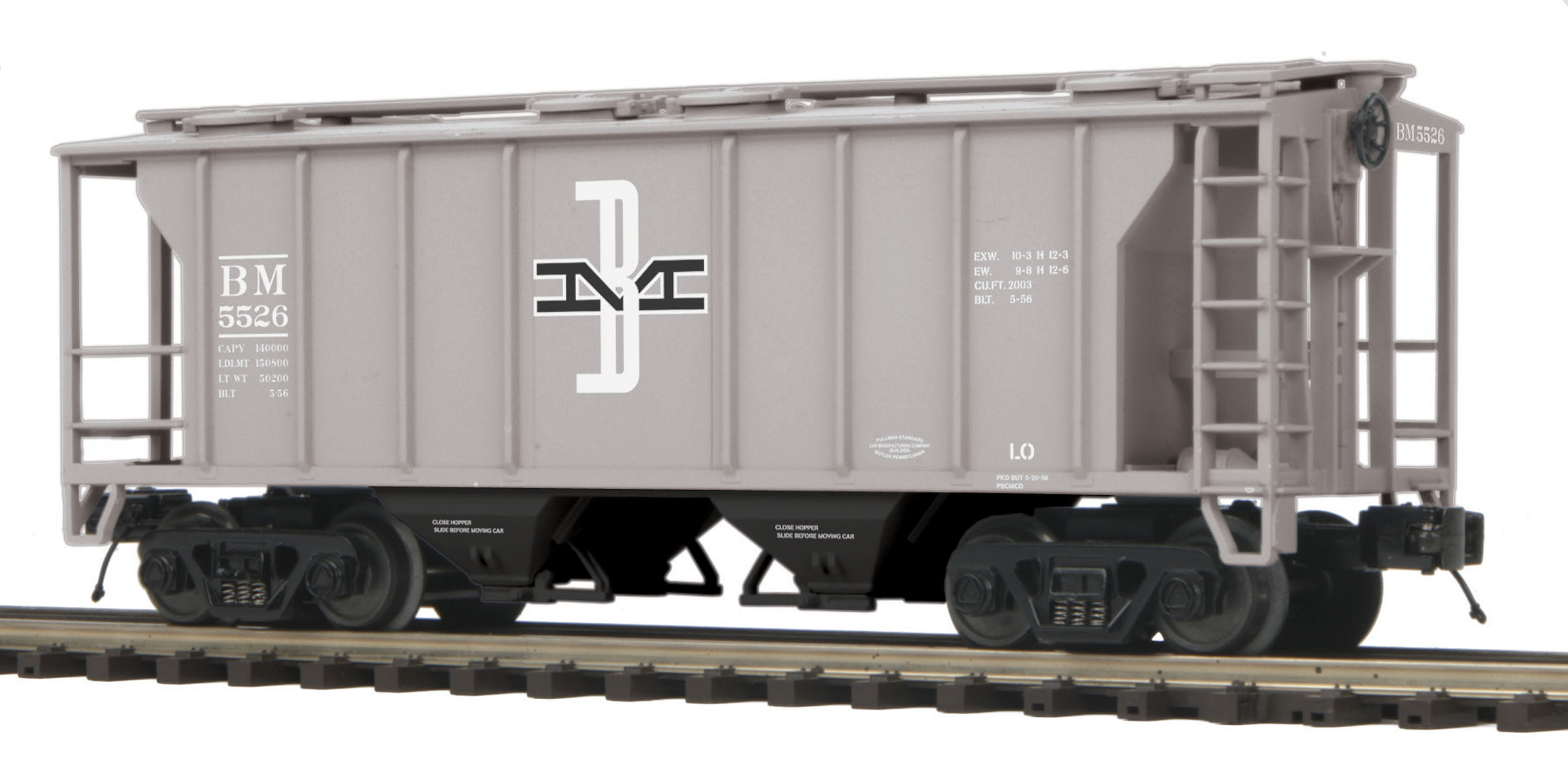
The Lionel PS-2 was introduced in 2004 and is nicely detailed.

Weaver offers their PS-2s with factory weathering as an extra cost option.

By the 1950s shippers and railroads became interested in the potential of the covered hopper to help them reduce costs in handling commodities that were less dense than material like cement or sand. Less dense commodities require more volume for a given weight and the covered hopper began to grow in physical size.
General American, a car builder best know for their tank cars, introduced the Airslide hopper in 1953. It combined a 2600 cubic foot internal capacity with a special fabric lining that allowed compressed air to fluidize granular or powdered materials like sugar or flower for easy unloading. Atlas began offering a 70 ton Airsilde hopper in the early years of their return to O scale.

In the late 1950s Pullman stretched the PS-2 into a three bay car. This increased the volume of the PS-2 to 2750 cubic feet and more. With that much volumetric capacity the covered hopper had grown to the point where it could now economically carry 70 tons of grain. Atlas offers a model of the three bay PS-2 in the trainman line.

If you have any questions please ask them. If you have more information please share it.
And if you have photos of your 70 ton covered hoppers in their environment, on your model railroads, let's see them! ![]()
For information on other types of freight cars see the O Scale Freight Car Guide thread here.
https://ogrforum.ogaugerr.com/t...le-freight-car-guide





